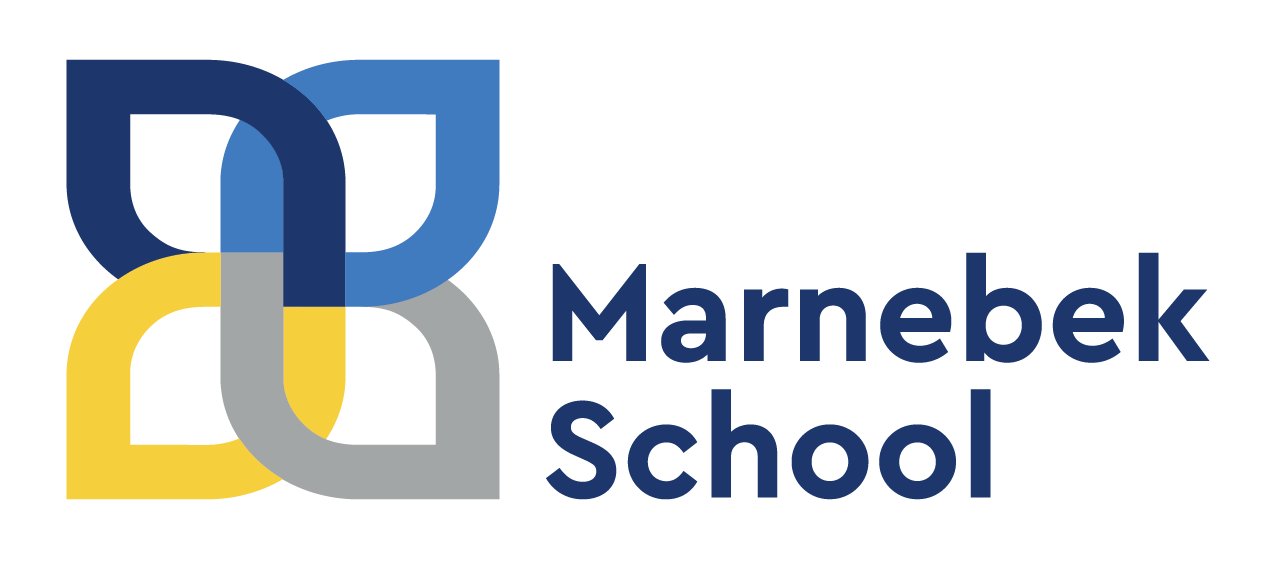Inclusive school culture: the future of Australia’s education
Research by Alana Institute finds that children in fully inclusive settings consistently achieve superior academic and social outcomes compared to those in segregated or partially segregated environments.
Adults who were previously enrolled in inclusive education settings during their schooling years demonstrate a higher likelihood of enrolling in postsecondary education, securing employment, and achieving independent living.
Different benefits of the inclusive educational setting are felt by children with and without disabilities alike. For example, among children with Down Syndrome, evidence suggests a correlation between time spent with typically developing peers with improved memory along with stronger language and literacy skills. Respectively, evidence suggests that students without special needs enrolled in inclusive settings end up holding less prejudicial views and are more accepting of people who are different from themselves. In layman's terms — inclusion is a win-win.
That is why Victoria's government schools are receiving almost $1.6 billion in investment to implement Disability Inclusion reforms between 2021 – 2025. All schools across the state are looking to include children with disabilities in their programs and to ensure they thrive in the environment.
Marnebek's existing and constantly developing network of committed teachers, occupational therapists, speech therapists, social workers and psychologists are collaborating to provide the ideal framework required for individual and inclusive learning for our students. We understand that many families feel the stigma around special schools and prefer to maintain a connection with mainstream facilities.
Marnebek's dual-mode school caters to educating lower IQ and specialist learning disability students with an inclusion model that makes the student feel included while not taking them out of the environment they are comfortable in.
So what exactly is inclusion, and how does it differ from other educational environments?
Four mainstream approaches to special needs education are exclusion, segregation, integration and inclusion.
Exclusion happens when students are either directly or indirectly hindered or deprived of the opportunity to access education in any way. In a segregated environment, students with special needs are educated separately, in isolation from their peers. Integration is a process of placing differently-abled students into pre-existing mainstream educational settings, provided that they conform to the standardised requirements of schools.
Inclusion entails a systemic reform process encompassing various changes in education, such as content, teaching methods, approaches, structures and strategies. These changes aim to overcome barriers and create an equitable and participatory learning experience and environment for all students, tailored to their individual needs and preferences.
Simply placing special needs students in mainstream classes without accompanying structural changes, such as adjustments to curriculum and teaching strategies, does not qualify as inclusion. True inclusion is not about simply bunching people together. It's about everybody working together to teach each other.
If you would like to learn more about Marnebek's specialised education programs and facilities, contact us here.


